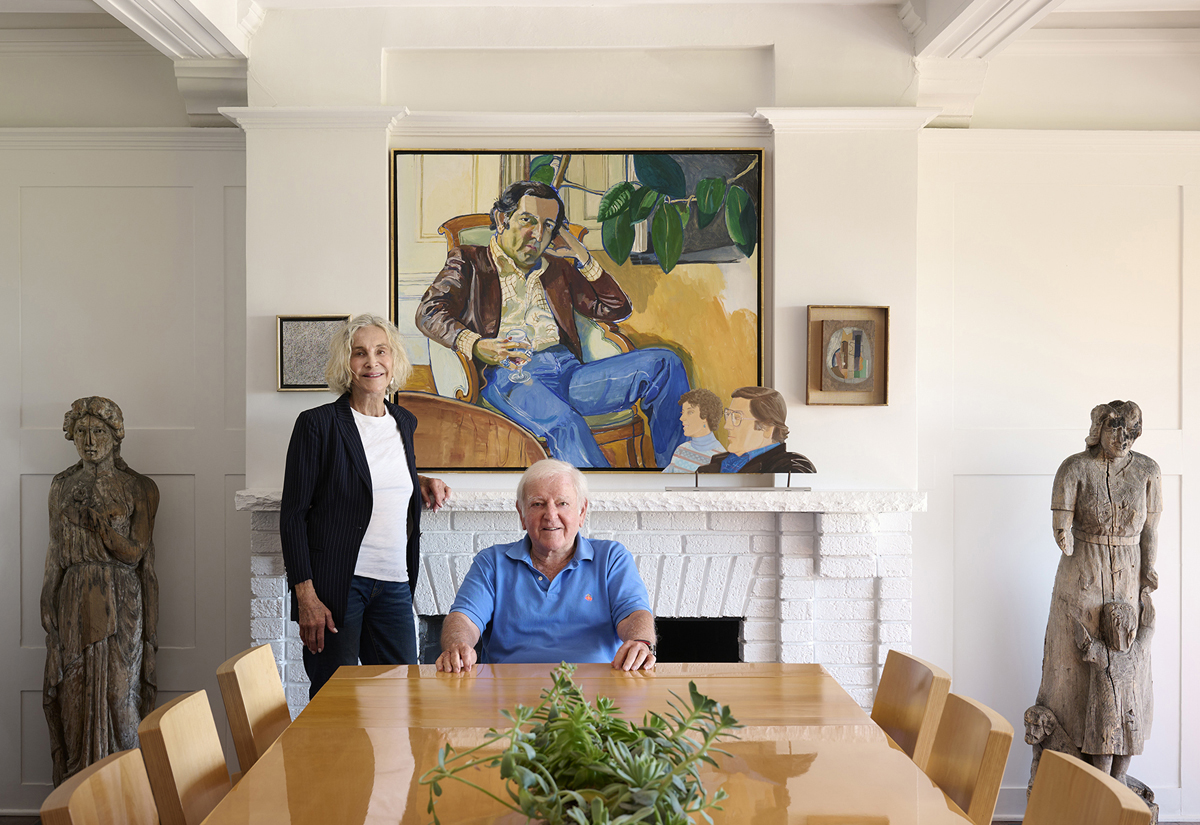When we think about artists, the IRS doesn’t usually come to mind. Taxes, however, are a fact of American life. Even artists in early SoHo, who had so little income that sometimes they owed less than it cost to mail in a return, had to deal with Uncle Sam. In SoHo, more often than not, the go-to go-between was Marty Melzer. A Certified Public Accountant (CPA) since 1963, and an art collector for almost as long, Marty’s roster of clients is a who’s who in American art. I sat down with Marty and his wife Nancy to discuss artists, taxes, and the joys of being a SoHo accountant. The following are excerpts from our delightful conversation. Marty has many stories to tell, so it’s lucky that he’s such a great storyteller.
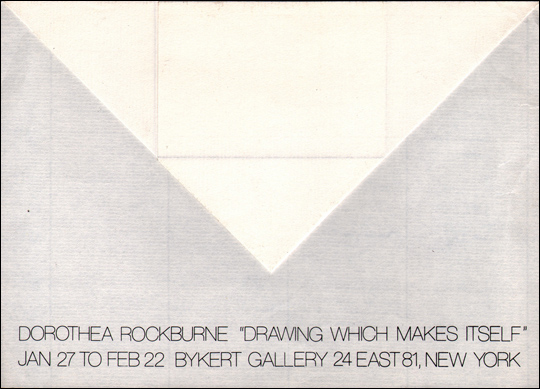
Marty on how he came to represent SoHo artists:
I’m a New York CPA since 1963. And at some point I ran into an old friend of mine who was a lifeguard in Rockaway when I was a lifeguard in Coney Island. I was working, doing an audit and he happened to be one of the graphic designers [at the firm]. We rekindled our friendship, and I found out that he was a part-time graphic designer and a part-time sculptor. And somewhere a couple of years into our friendship, he started introducing me to his friends in the SoHo area where he was living. Artists at that time were living in the factories, and they got the idea to buy the buildings. And I became an advisor in purchasing the buildings and the structure of the co-ops.
The artist Cris Gianakos was at 435 West Broadway renting space. And that was my first job, to incorporate them, to set up the co-op [in 1967]. We had a meeting one night where everybody got together, and that’s when I met everybody. Through Donald Droll, who was from the Fishback Gallery, I became everybody’s accountant. I became a gallery accountant, critics accountant, and the artist accountant. I wound up becoming the accountant for all the artists at Fishback, a long list of realist artists. And through them, I met the minimalists. The minimalist gallery at that time was the Bykert Gallery. Everything spread from that initial connection to the Fishback Gallery and the Bykert Gallery.
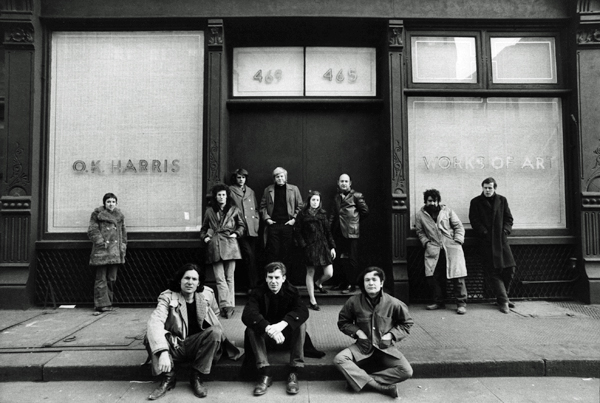
On early SoHo:
Through the artists, I started becoming very active down in SoHo. I was starting to spend more and more time down there, and lived through the evolution of the neighborhood, which was really incredible. Initially there were just artists down there. There were no galleries. There were no dealers. But once the artists started being there, then the galleries started opening up, and the galleries were mostly on West Broadway.
In those days if you went to Fanelli’s at two or three in the afternoon, you were there for good, right? I used to come home at one in the morning, it was one of those great artists hangouts, you know, everybody would come and go, but there was always a bunch. And it was all about art and not about real estate or anything.
I used to go to do the tax returns for these artists. I’d go visit them and I used to sometimes walk up four or five flights of stairs. I would get the keys thrown out the window to me. The elevators all manned elevators. There weren’t any automatic elevators down there.
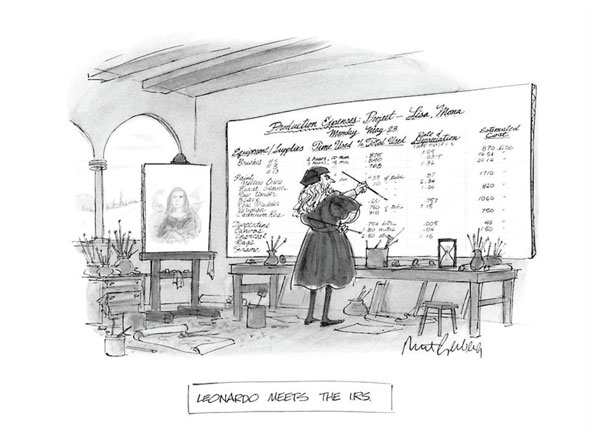
On artists as record keepers:
If the artwork [was] neat and tight and tidy, usually the artist was neat and tight and tidy, which meant that they kept the receipts. Some of them kept them to the extreme. [One artist] would come in with his books and everything was right there, explained to the penny.
And then another one of my fav favorites, he comes in with just one piece of paper. He has outgoing and income, and he’s got five numbers for one and one with the other.
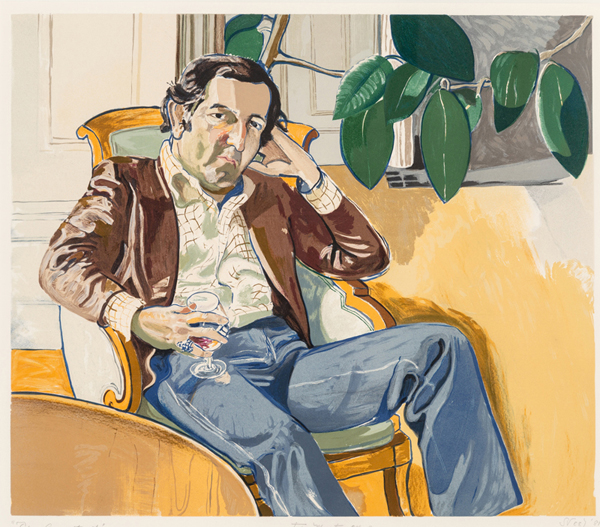
On Alice Neel:
At one point, someone recommended Alice Neel to me. Alice Neel was one of the great characters, you know, of her generation, just incredible…she was just a pure artist. She went through struggles and all that. She had two kids, she lived on welfare. Yeah. Horrible breakdowns, you know. And here she was, she knew, she was so smart. She knew she was on the verge of becoming a star. And she had no one to talk to but me. She had never filed a tax return. She didn’t know what it was to file a tax return. She always lived on social security and government support and all that. She had no sales, but she sensed something was happening. I got involved structuring things for her and her estate, her future.
She did a portrait of me. And the portrait was one of a few portraits that were in Russia at the Hermitage show. I have a postcard from her, she wrote “From Russia with Love.” Remember the movie? But she was just a great, great character. And she died, and her work was turned into a business by her heirs. And you know, … never selling anything, I think she had one sale for $10,000 just before she died. They’re selling for the millions [now].
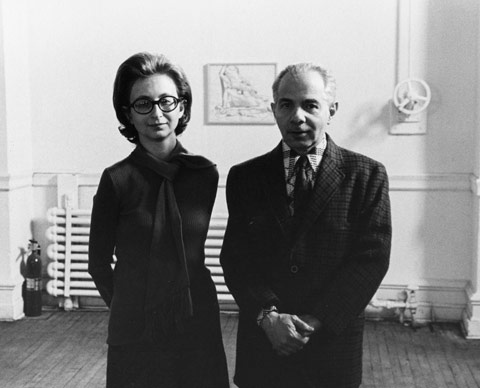
(photo: vogel5050.org)
On SoHo’s economy :
Artists amongst themselves, gifted work to each other all the time. So that many of these artists have valuable collections of work accumulated by the trading. They traded when the works weren’t worth anything.
The famous Vogel couple [Herbert and Dorothy], they were interested in minimal art, and they paid like $50 for works. No one knew what minimal art was. They loved it. If an artist, if his rent was a hundred dollars, if he got $25 for a piece of art, he was on his way to get his rent for the month. With the Vogels, they used to buy and pay on time, they would stretch out the payments, you know, but they helped them pay the rent.
A funny story:
An early SoHo guy, he was a teacher, so he had income from teaching, and he had taxes withheld, and he was a sculptor. He used to come to see me, I was at my office up on 53rd Street, and he’d come to see me to do his tax return before April 15th. One time in May after school was out, he came in and he said, “I can’t go to Europe!”
“What are you talking about?” I say.
“Every year I get the refund you get me for taxes, and I go to Europe,” he said. “I didn’t get the refund yet.”
Well, he put so much pressure on me, I lent him the money to go to Europe. He blamed it on me! Wow.
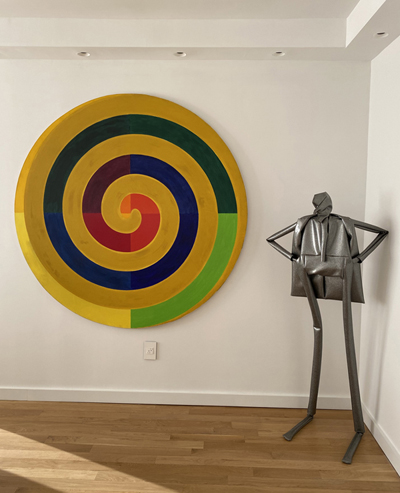
On incorporating Artists:
But the artists, you know, this is how they operated for years. Then of course, when they started making money, then you had to deal with the issues. What do you do with the money? So I helped them invest, and sometime in the eighties, the tax laws changed and artists were able to incorporate, similar to athletes and entertainment people. Entertainment people have been incorporating for years to get tax benefits. And I was the first of the accountants to incorporate artists.
They call it “loan out” in show business. Their services were loaned out, and the corporations got paid. And the entertainment people, they had accountants, they had business managers, they had professional managers, they had coterie of people taking care of them. I had become very friendly with all these artists I was involved with. And I said, why shouldn’t you have the same benefits that these people have? So we incorporated.
Dealing with dealers:
I said let me negotiate with your dealer. Instead of you negotiating pricing and deals with your dealer. You know that they bang you over the head. They take advantage of you. Why don’t you let me act as the in-between? You’re the good guy, I’m the bad guy. Let me handle things for you. And I wound up acting in between the dealers and these artists.
Things got more and more [complicated] as the prices of art increased. Standard of the living costs went up. The money became serious. [Artists] would switch from one dealer to another, and deals were being made and documented, whereas instead of just a handshake or something, it became serious. It became business. I didn’t act as an attorney, but I acted as an accountant or a manager. The attorneys would approve and make sure that whatever we agreed to was in the paperwork.
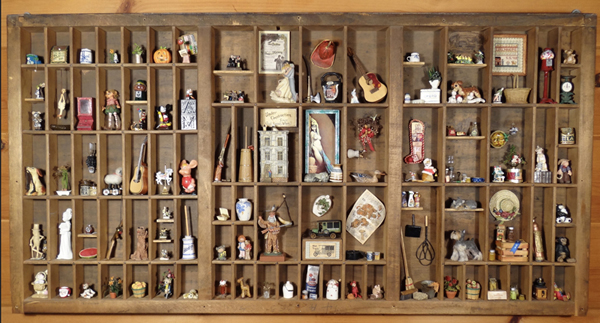
Marty’s eye-opener:
You learn a lot from dealing with these artists. You take an accountant whose dollars and cents and everything’s in a neat little box and all that. And they showed me a whole other world. I remember seeing this artist. I was on the way to handle an audit at the Internal Revenue in the middle of the day. I worked for hours getting ready for it. And we were driving down to lower Manhattan. It was the early afternoon and there’s this guy walking in the street looking around. He’s looking at tops of buildings and all that. Not a care in the world. Seeing, opening your eyes to things, the way artists see them.
I think the first things that I saw were when the printers, the printing industry down in SoHo, it was on the west side. The printers kept their numbers and letters in these printing boxes, those little drawers. And a lot of [artists] took those little drawers and hung them up and filled them with objects. And that opened my eyes to objects, you know? So a lot of my education came from dealing with them. I mean, my doing a tax return and handling the banking was simple. But finding and developing a taste, an interest, came all through these artists.
On becoming a collector:
[Painter] Philip Pearlstein was a major influence on me. He was a collector supreme. He collected American folk art and sculpture. My office was paying his bills, and there was a lot of money going out to a dealer up on Madison Avenue on 82nd Street. And I said, I gotta make sure Phillip’s not being taken advantage of. I went with Philip to meet this guy. He was a folk art dealer, and an unsuccessful artist who was very, very talented. And I met him to make sure that Phillip wasn’t being taken advantage of and wound up buying the most expensive piece of folk art I ever bought. I became his friend through Phillip. And I became a folk art enthusiast in the early days of collecting folk arts, which leads to all kinds of other collecting. So I owe a lot to this exposure to the arts. I never knew anything about art [before.]
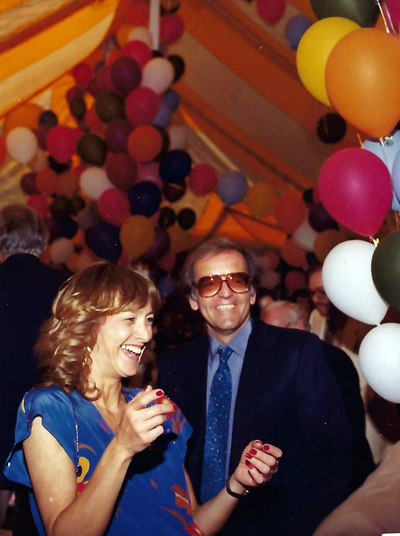
On loving what he does:
[The artists] used to beg me, “Come and pick up a piece, come and pick up a piece!” I was having fun doing what I did. I had a lot of people working for me in those days. And it was just fun. I was on a bit of a merry-go-round with this, you know, I was working seven days a week. I was working nights, you know, till midnight. I would take a 12:20 or one 1:20 train to Great Neck.
But the collecting, you know, it was a learning experience. I started with the minimalists and the realists. I got to know the artists. In some cases, I didn’t see any of their work, but I got to know the artists. They were young and they were old, they were mid-career, late-career or early, unsuccessful, successful. It was a big mix of people. At one point I had maybe 120 artists that I was doing tax returns for.
The accounting profession for me has been nothing but joy. It was like I couldn’t wait to get to the office because I didn’t know who was going to call.
Featured image: Nancy and Marty Melzer at their home in Remsenburg, NY, 2023 (Jason Schmidt)

